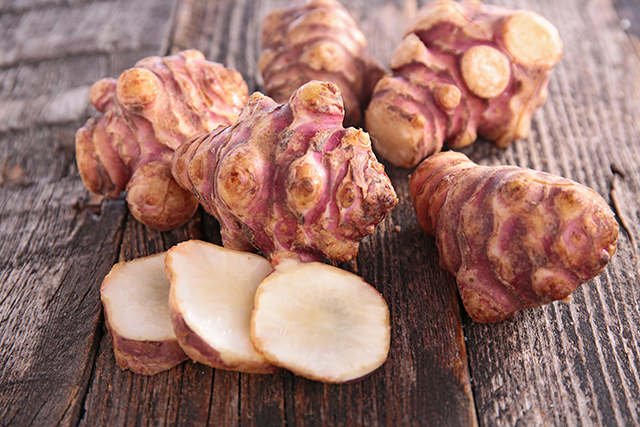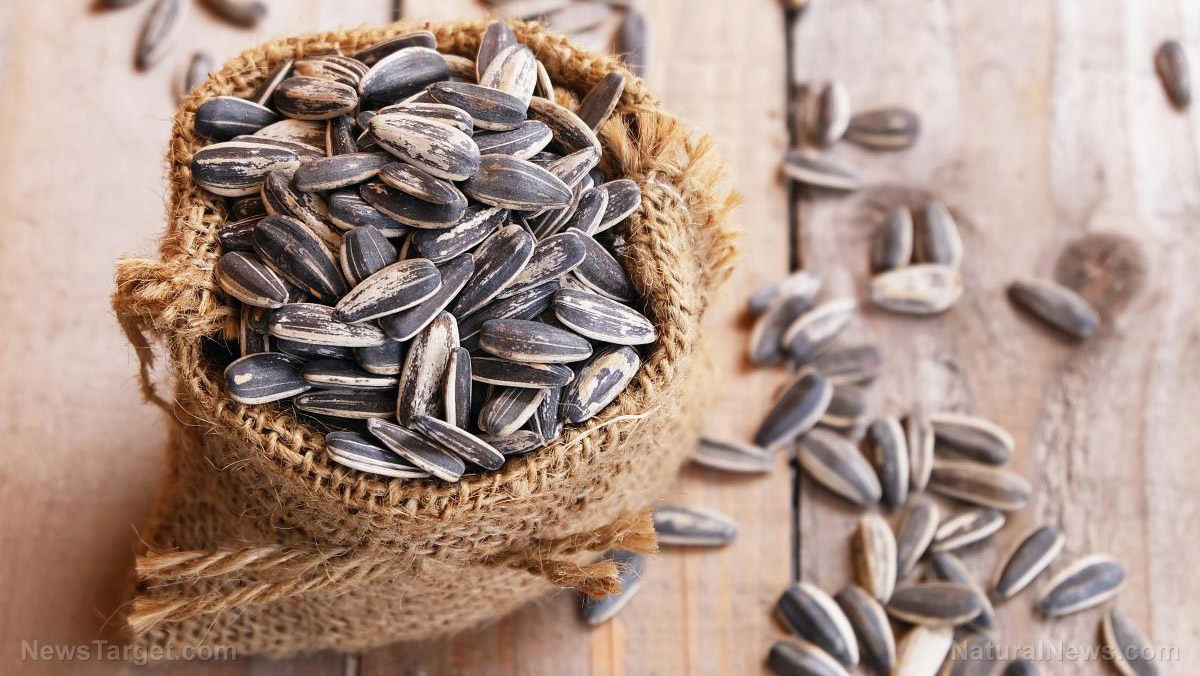Researchers test various antioxidants to reduce oxidation of biodiesels
09/03/2018 / By Ralph Flores

Researchers have found that adding antioxidants to biodiesel can significantly increase its performance, particularly, its oxidative stability in the fuel. The procedure, which was published in the Australian Journal of Basic and Applied Science, focused on improving biodiesel, a renewable fuel source, which can reduce hydrocarbon, particulate, and carbon monoxide emissions after it is blended with conventional petroleum diesel.
- Biodiesel, in particular, from grease trap oil, experiences degradation after it is exposed to oxidation, water, and microbial activity.
- To prevent this from happening and extend the shelf life of biodiesel, the team looked at the possibility of adding commercial antioxidants into the mix. For this study, researchers focused on butylated hydroxytoluene (BHT), butylated hydroxyanisole (BHA), tertiary butylhydroquinone (TBHQ) and propyl gallate (PG), evaluating each for their ability to reach the degree of oxidation needed for biodiesel under normal temperature and humidity.
- The combinations were blended at concentrations which ranged from 250 to 1,000 parts per million (ppm), and their oxidative stability was evaluated using ASTM D6751-11 to monitor changes using peroxide values (PV) and total acid number (TAN).
- Researchers found 500 ppm of either PG, a TBHQ-PG combination, or TBHQ had the best result in terms of PV content.
- For TAN content, the team discovered that samples that had 500 ppm of PG were optimal.
The findings revealed that all grease trap oil-based biodiesel samples that had antioxidants added did not reveal any increase in PV and TAN after 12 weeks of storage compared to its untreated versions.
Read the full text of the study at this link.
Learn more about biodiesels and other types of alternative fuel at Power.news.
Journal Reference:
Shaharuddin H, Wan Asma I, Zulkafli H, Nur Atiqah MS. THE EFFECT OF ANTIOXIDANT ON THE STABILITY OF BIODIESEL FROM GREASE TRAP OIL. Australian Journal of Basic and Applied Sciences. 2017;11(3):187–191.
Tagged Under: alternative fuel, antioxidants, biodiesel, BioFuel, Clean Energy, fuel, grease trap oil, green energy, oxidation, renewable energy, renewable fuel




















